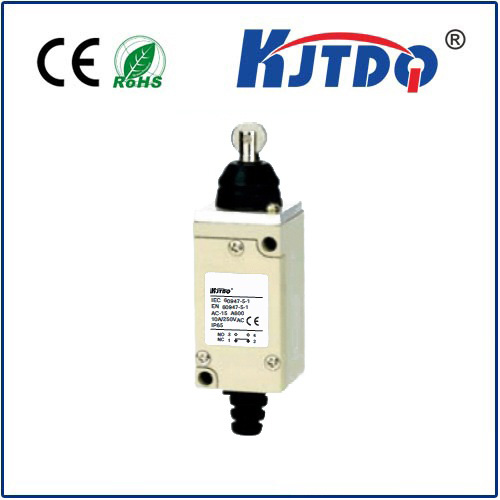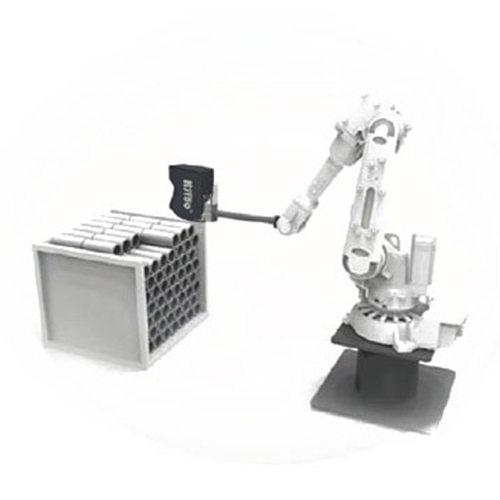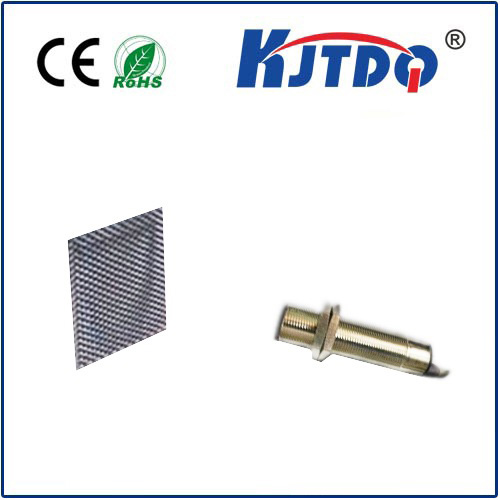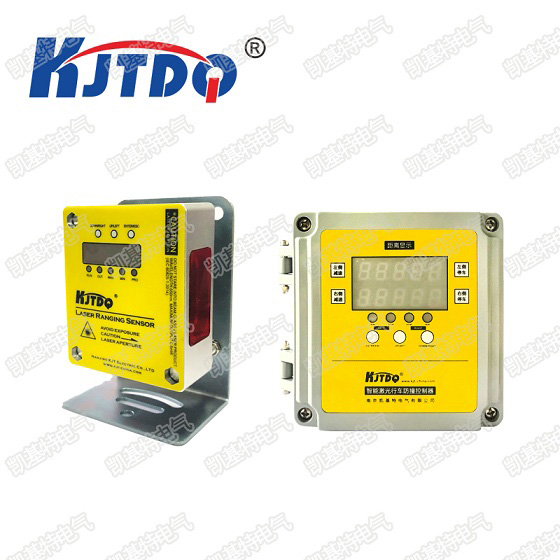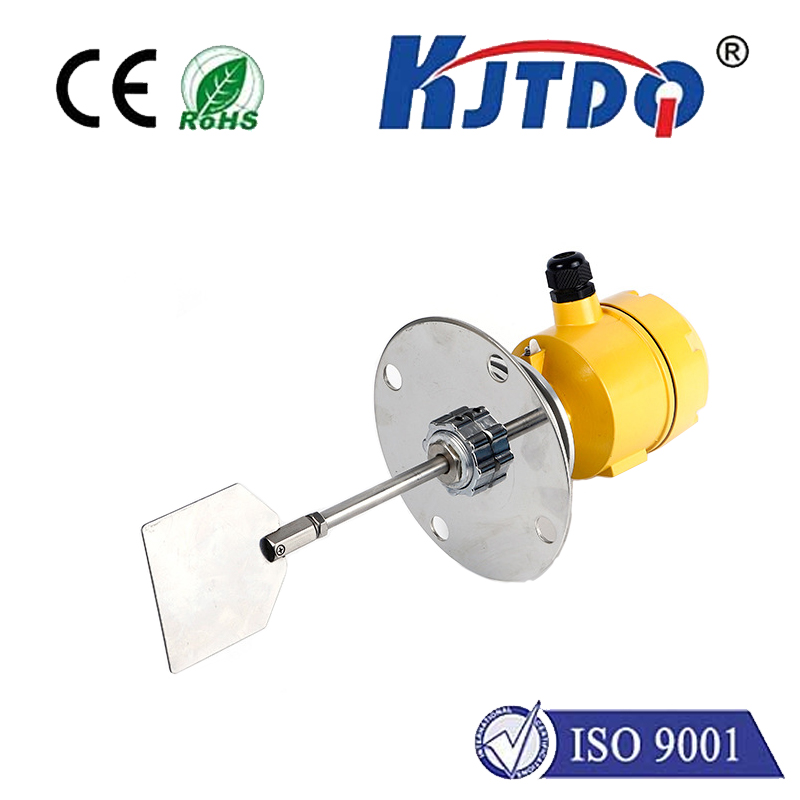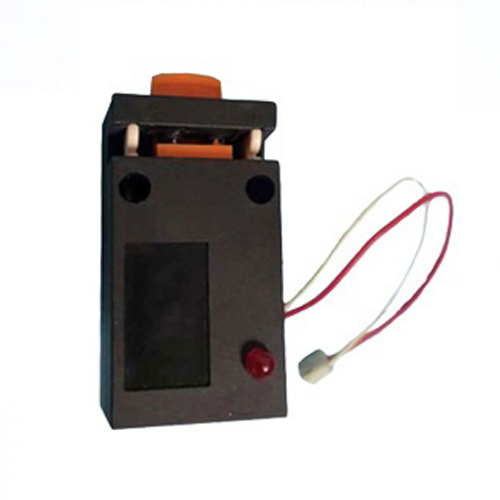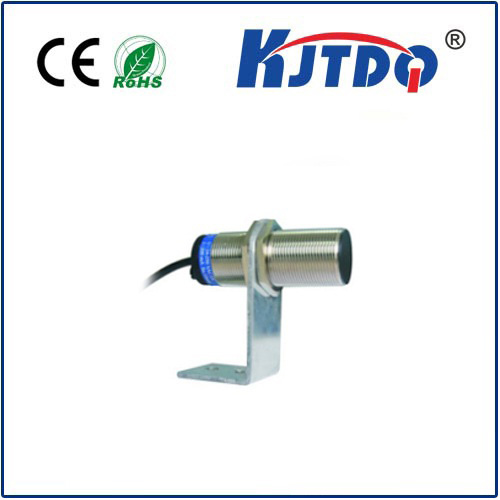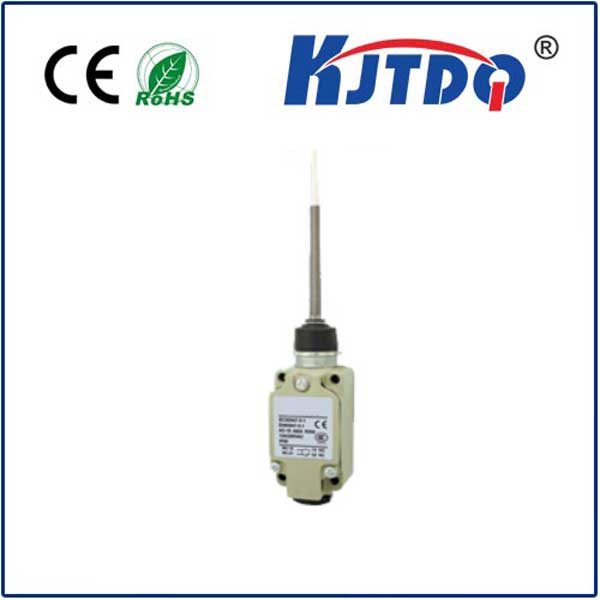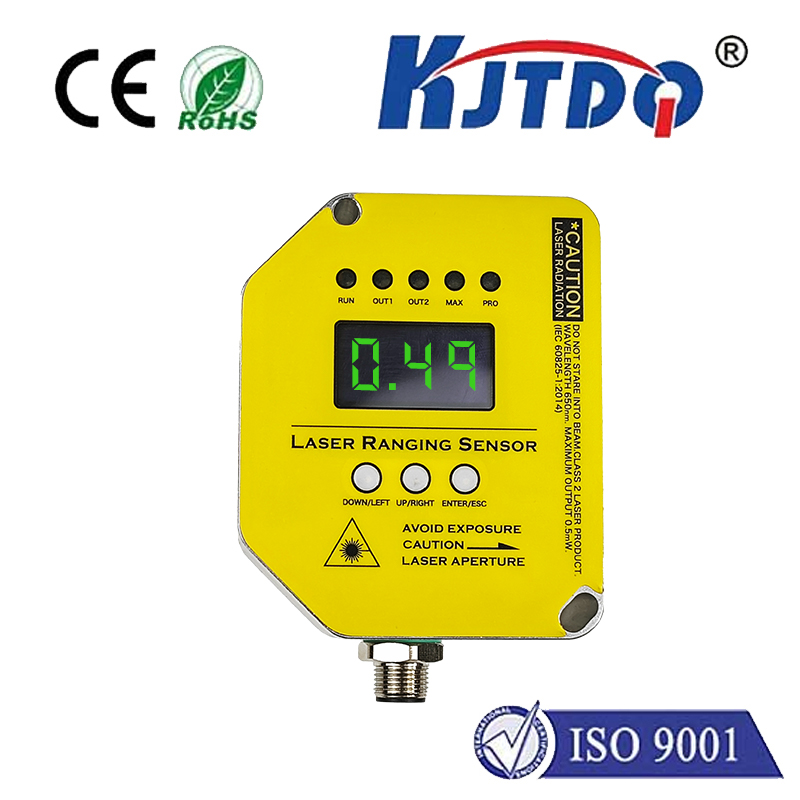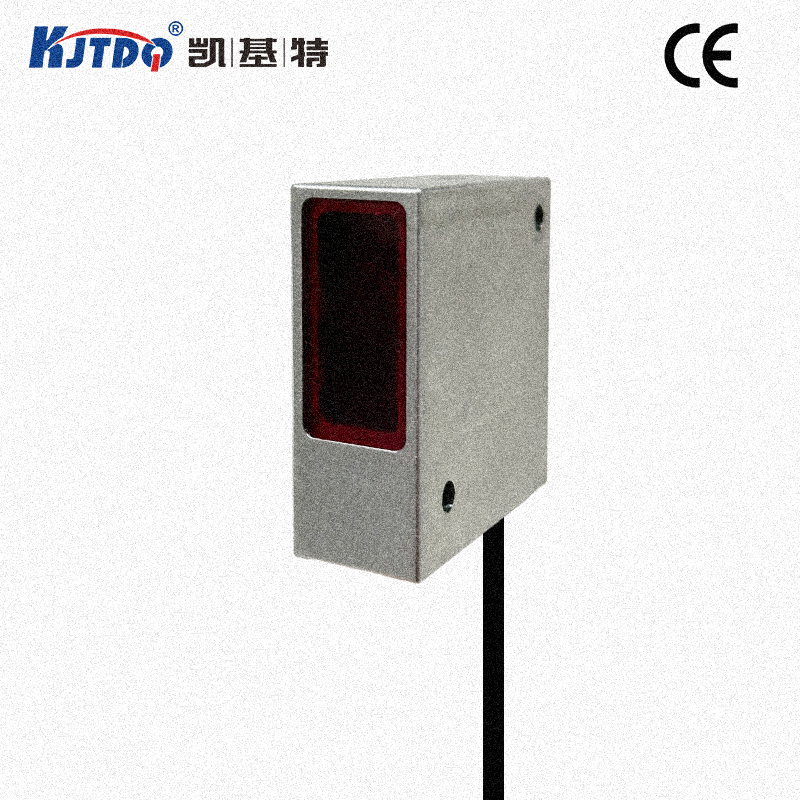

check

check

check

check

check

check

check

check

check

check
Imagine your car’s engine as a bustling city. Fuel burns, energy is produced, but like any busy metropolis, it generates waste. This waste, particularly in diesel engines, includes harmful particulate matter – commonly known as soot. Left unchecked, this soot clogs vital systems, reduces efficiency, damages the environment, and violates strict emissions regulations. Enter the unassuming hero: the soot sensor. More than just a component, it’s a critical sentinel, constantly monitoring and ensuring your engine operates cleanly and efficiently.
What Exactly is a Soot Sensor?
At its core, a soot sensor is a sophisticated electronic device strategically placed within a vehicle’s exhaust system, typically downstream of the Diesel Particulate Filter (DPF). Its primary mission is to accurately measure the amount of soot particles accumulating within the exhaust gas stream. This real-time data is crucial for the engine management system (EMS) to determine precisely when the DPF needs to be regenerated – the process of burning off trapped soot to prevent blockage.
Why is Soot Measurement So Critical?
The consequences of unmanaged soot are severe:

How Do Soot Sensors Actually Work? The Technology Unveiled
Two main principles dominate modern soot sensor technology, each playing a vital role in emissions control:
Key Applications: Where Soot Sensors are Indispensable
While vital for modern passenger diesel cars and SUVs, the reach of soot sensors extends far wider, underpinning the engine management system in diverse sectors:
Maintenance and Longevity: Ensuring Your Guardian Functions
Soot sensors are generally robust, but they aren’t infallible. They can become contaminated by engine oil ash or other deposits, leading to inaccurate readings. Symptoms of a potential malfunction include:
Regular vehicle servicing according to the manufacturer’s schedule is the best preventative measure. Technicians often perform diagnostic scans that include evaluating soot sensor data. Replacing a faulty sensor is typically straightforward, though using genuine parts or high-quality equivalents is crucial for accurate performance and reliable emissions control.
The Future: Smarter Sensing for a Cleaner Tomorrow
As emissions regulations become ever stricter globally (pushing towards zero-emission targets), the demand for even more precise and reliable exhaust gas monitoring intensifies. Research focuses on:
In Conclusion: An Essential Cog in Modern Combustion
The soot sensor, operating silently within the harsh environment of the exhaust system, plays an indispensable role. It safeguards expensive exhaust aftertreatment components like the DPF, ensures optimal engine performance and fuel economy, and is fundamental in meeting the stringent environmental regulations that govern vehicle emissions worldwide. Understanding its function highlights the complex interplay of technology working tirelessly beneath the hood to keep our vehicles running cleanly, efficiently, and in compliance. As engines evolve and regulations tighten, the importance of this vital sensor will only continue to grow.
